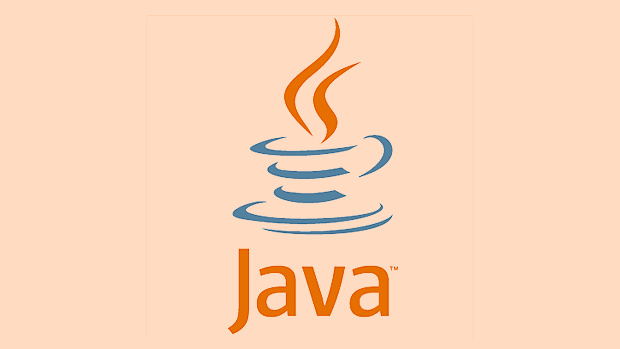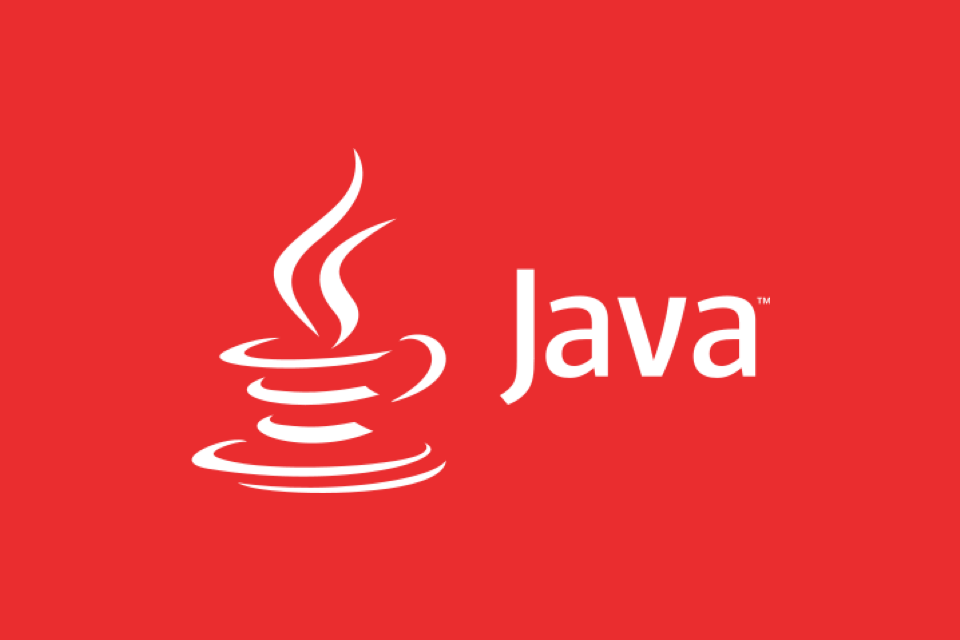 Java
Java
 javaTutorial
javaTutorial
 How does Java class loading work (Bootstrap, Extension, System ClassLoaders)?
How does Java class loading work (Bootstrap, Extension, System ClassLoaders)?
How does Java class loading work (Bootstrap, Extension, System ClassLoaders)?
Jul 12, 2025 am 02:24 AMJava's class loading mechanism is composed of Bootstrap, Extension and System ClassLoaders, and uses a parent delegation model to ensure the security and unique loading of classes. Bootstrap ClassLoader is responsible for loading core class libraries such as rt.jar; Extension ClassLoader loads extension libraries such as jar under jre/lib/ext; System ClassLoader loads classes on the application classpath. When the class is loaded, the parent loader is given priority to find the class. If none of them are found, a ClassNotFoundException will be thrown. Understanding this mechanism can help troubleshoot conflicts, avoid security risks, and optimize performance.

Java's class loading mechanism is the core part of the runtime, which determines how classes are loaded into the JVM. Understanding the role and relationship of Bootstrap, Extension, and System ClassLoaders can help troubleshoot class loading problems, avoid conflicts, and even optimize application performance.

What is a class loader?
In Java, classes are not loaded into memory at once, but are loaded on demand. This "on-demand" work is done by the class loader (ClassLoader). The JVM provides three main class loaders:
- Bootstrap ClassLoader
- Extension ClassLoader
- System ClassLoader (also called Application ClassLoader)
They form a hierarchy where each class loader has its own scope of responsibility.

Bootstrap ClassLoader: The lowest loader
Bootstrap ClassLoader is built into JVM and is implemented in C/C. It is responsible for loading the core Java class library, such as the content in rt.jar , including java.lang.* , java.util.* , etc.
- It is the parent loader of all class loaders.
- You can't reference it directly in Java code (because it is native implemented).
- The loading path is usually the key jar package under
$JAVA_HOME/jre/lib.
For example: When you use String class, it is loaded by the Bootstrap ClassLoader.

Extension ClassLoader: Extension ClassLoader
Extension ClassLoader is implemented in Java and inherited from ClassLoader class. Its parent loader is Bootstrap ClassLoader.
- Responsible for loading the extension library, usually the jar file in the
$JAVA_HOME/jre/lib/extdirectory, or the location specified by the system variablejava.ext.dirs. - Developers can place their jar packages here so that they can be automatically loaded like standard libraries.
Note: Starting in Java 9, extension mechanism has been replaced by module systems, but you can still see it in older versions.
System ClassLoader: Application class loader
System ClassLoader, also known as Application ClassLoader, is the most commonly used class loader in user programs.
- It is responsible for loading class files on the application classpath.
- By default, the Java classes you write and the dependent third-party jars are loaded through it.
- Its parent loader is the Extension ClassLoader.
You can get it through ClassLoader.getSystemClassLoader() .
ClassLoader systemLoader = ClassLoader.getSystemClassLoader(); System.out.println(systemLoader); // Output the current System ClassLoader
Class loading delegate mechanism
Java's class loader uses a "Parent Delegation Model". That is to say, when a class loader receives a request to load a class, it will not load itself immediately, but will first delegate to the parent class loader to try loading.
The process is as follows:
- First, entrust the Bootstrap ClassLoader to find the class.
- If not found, entrust it to the Extension ClassLoader.
- If you haven't found it, it's the System ClassLoader's turn in the end.
- If none of them are found, throw
ClassNotFoundException.
The benefits of this mechanism are:
- Avoid duplicate loading of classes
- Ensure the security of the core class (for example, if you write a
java.lang.Stringyourself, it will not be loaded)
Frequently Asked Questions and Precautions
Sometimes you will encounter NoClassDefFoundError or ClassNotFoundException , which is usually because the class is not loaded correctly or the path is configured incorrectly.
- Check if the classpath contains the required jar package
- Do not replace classes in the core class library (such as rt.jar), as it may cause security issues or JVM crashes
- Pay attention to parent-child relationship and delegate order when using custom ClassLoader
Basically that's it. Although the class loading mechanism seems complex, as long as you understand the three-layer structure and delegate mechanism, you can deal with most common problems in development and deployment.
The above is the detailed content of How does Java class loading work (Bootstrap, Extension, System ClassLoaders)?. For more information, please follow other related articles on the PHP Chinese website!

Hot AI Tools

Undress AI Tool
Undress images for free

Undresser.AI Undress
AI-powered app for creating realistic nude photos

AI Clothes Remover
Online AI tool for removing clothes from photos.

Clothoff.io
AI clothes remover

Video Face Swap
Swap faces in any video effortlessly with our completely free AI face swap tool!

Hot Article

Hot Tools

Notepad++7.3.1
Easy-to-use and free code editor

SublimeText3 Chinese version
Chinese version, very easy to use

Zend Studio 13.0.1
Powerful PHP integrated development environment

Dreamweaver CS6
Visual web development tools

SublimeText3 Mac version
God-level code editing software (SublimeText3)

Hot Topics
 Difference between HashMap and Hashtable?
Jun 24, 2025 pm 09:41 PM
Difference between HashMap and Hashtable?
Jun 24, 2025 pm 09:41 PM
The difference between HashMap and Hashtable is mainly reflected in thread safety, null value support and performance. 1. In terms of thread safety, Hashtable is thread-safe, and its methods are mostly synchronous methods, while HashMap does not perform synchronization processing, which is not thread-safe; 2. In terms of null value support, HashMap allows one null key and multiple null values, while Hashtable does not allow null keys or values, otherwise a NullPointerException will be thrown; 3. In terms of performance, HashMap is more efficient because there is no synchronization mechanism, and Hashtable has a low locking performance for each operation. It is recommended to use ConcurrentHashMap instead.
 Why do we need wrapper classes?
Jun 28, 2025 am 01:01 AM
Why do we need wrapper classes?
Jun 28, 2025 am 01:01 AM
Java uses wrapper classes because basic data types cannot directly participate in object-oriented operations, and object forms are often required in actual needs; 1. Collection classes can only store objects, such as Lists use automatic boxing to store numerical values; 2. Generics do not support basic types, and packaging classes must be used as type parameters; 3. Packaging classes can represent null values ??to distinguish unset or missing data; 4. Packaging classes provide practical methods such as string conversion to facilitate data parsing and processing, so in scenarios where these characteristics are needed, packaging classes are indispensable.
 How does JIT compiler optimize code?
Jun 24, 2025 pm 10:45 PM
How does JIT compiler optimize code?
Jun 24, 2025 pm 10:45 PM
The JIT compiler optimizes code through four methods: method inline, hot spot detection and compilation, type speculation and devirtualization, and redundant operation elimination. 1. Method inline reduces call overhead and inserts frequently called small methods directly into the call; 2. Hot spot detection and high-frequency code execution and centrally optimize it to save resources; 3. Type speculation collects runtime type information to achieve devirtualization calls, improving efficiency; 4. Redundant operations eliminate useless calculations and inspections based on operational data deletion, enhancing performance.
 What are static methods in interfaces?
Jun 24, 2025 pm 10:57 PM
What are static methods in interfaces?
Jun 24, 2025 pm 10:57 PM
StaticmethodsininterfaceswereintroducedinJava8toallowutilityfunctionswithintheinterfaceitself.BeforeJava8,suchfunctionsrequiredseparatehelperclasses,leadingtodisorganizedcode.Now,staticmethodsprovidethreekeybenefits:1)theyenableutilitymethodsdirectly
 What is an instance initializer block?
Jun 25, 2025 pm 12:21 PM
What is an instance initializer block?
Jun 25, 2025 pm 12:21 PM
Instance initialization blocks are used in Java to run initialization logic when creating objects, which are executed before the constructor. It is suitable for scenarios where multiple constructors share initialization code, complex field initialization, or anonymous class initialization scenarios. Unlike static initialization blocks, it is executed every time it is instantiated, while static initialization blocks only run once when the class is loaded.
 What is the `final` keyword for variables?
Jun 24, 2025 pm 07:29 PM
What is the `final` keyword for variables?
Jun 24, 2025 pm 07:29 PM
InJava,thefinalkeywordpreventsavariable’svaluefrombeingchangedafterassignment,butitsbehaviordiffersforprimitivesandobjectreferences.Forprimitivevariables,finalmakesthevalueconstant,asinfinalintMAX_SPEED=100;wherereassignmentcausesanerror.Forobjectref
 What is type casting?
Jun 24, 2025 pm 11:09 PM
What is type casting?
Jun 24, 2025 pm 11:09 PM
There are two types of conversion: implicit and explicit. 1. Implicit conversion occurs automatically, such as converting int to double; 2. Explicit conversion requires manual operation, such as using (int)myDouble. A case where type conversion is required includes processing user input, mathematical operations, or passing different types of values ??between functions. Issues that need to be noted are: turning floating-point numbers into integers will truncate the fractional part, turning large types into small types may lead to data loss, and some languages ??do not allow direct conversion of specific types. A proper understanding of language conversion rules helps avoid errors.
 What is the Factory pattern?
Jun 24, 2025 pm 11:29 PM
What is the Factory pattern?
Jun 24, 2025 pm 11:29 PM
Factory mode is used to encapsulate object creation logic, making the code more flexible, easy to maintain, and loosely coupled. The core answer is: by centrally managing object creation logic, hiding implementation details, and supporting the creation of multiple related objects. The specific description is as follows: the factory mode handes object creation to a special factory class or method for processing, avoiding the use of newClass() directly; it is suitable for scenarios where multiple types of related objects are created, creation logic may change, and implementation details need to be hidden; for example, in the payment processor, Stripe, PayPal and other instances are created through factories; its implementation includes the object returned by the factory class based on input parameters, and all objects realize a common interface; common variants include simple factories, factory methods and abstract factories, which are suitable for different complexities.





